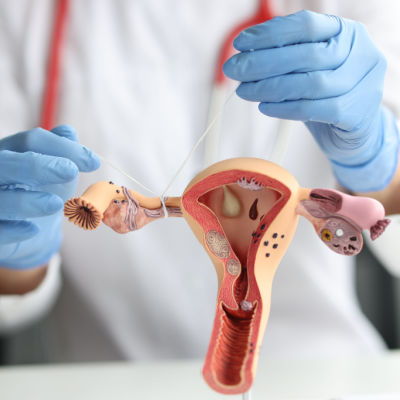Surgical procedures such as hysterectomies and tubal ligation have both benefits and risks. In a recent study published in the Journal of Women's Health, researchers investigated the relationship between these procedures and cardiovascular disease. The findings revealed an increased risk of developing cardiovascular disease among women who underwent these surgeries.
A hysterectomy involves the removal of the uterus, with or without the removal of the cervix. It is recommended for various reasons, including cancer, abnormal vaginal bleeding, or endometriosis. Additionally, hysterectomies can serve as a method of sterilization.
Read More On: Mediterranean Diet ‘can reduce heart attacks in People at higher risk’
Tubal Ligation
Tubal ligation is a procedure in which the fallopian tubes are severed to prevent pregnancy permanently. It is also considered a method of sterilization and offers an alternative to other contraceptive methods.
All surgical procedures carry inherent risks, including bleeding, pain, infection, and potential damage to nearby organs. Determining the suitability of these procedures involves considering the patient's medical history, surgical indications, medications, and thorough counseling to manage expectations.
Hysterectomy and Cardiovascular Disease Study
The study utilized data from the Nurses' Health Study II, involving over 116,000 participants. Researchers examined the following surgical procedures: hysterectomy only, hysterectomy with one ovary removal, hysterectomy with both ovaries removal, and tubal ligation. They analyzed the incidence of cardiovascular events among participants.
Increased Risk of Cardiovascular Disease

The study revealed that women who had undergone hysterectomies with or without ovary removal and those who had undergone tubal ligation had an elevated risk of cardiovascular disease and coronary revascularization. Participants who underwent hysterectomy with ovary removal before the age of 50 faced the greatest associated risk for cardiovascular disease.
The study's findings suggest the importance of discussing cardiovascular disease risk when considering gynecologic surgeries. This information can aid clinicians in counseling patients about the potential risks and benefits associated with these procedures, promoting informed decision-making.
Study Limitations and the Need for Further Research
While the study provided valuable insights, it had limitations, including the age range of participants and the lack of information on the reasons for procedures. The need for more diverse study populations, further exploration of risk factors, and understanding the underlying mechanisms is crucial for future research.










